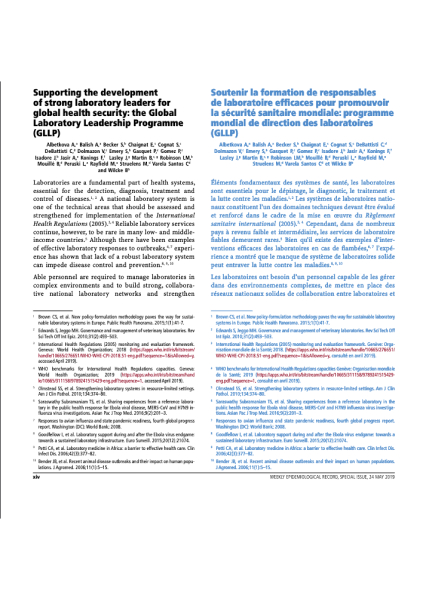At the beginning of 2020, the recent outbreak of Ebola Virus Disease (EVD) in the Democratic Republic of Congo (DRC) had passed 3,000 cases and was still on-going, but its impact had slowed down. During the outbreak, a single instance of potential crossborder transmission took place in June 2019. Ugandan health officials in Kasese district identified three suspected cases of EVD; a young boy, his grandmother and his sibling. The trio had crossed into Uganda from the Mabalako Health Zone in the DRC and screening at the national border post indicated the boy was unwell. Unfortunately, all three died later after positive confirmation of EVD. The Ugandan health ministry later conducted an After Action Review (AAR), with support of WHO, on 29 and 30 August 2019. The AAR showed that timely action and an all-front approach helped to quickly control the outbreak in Kasese. Freely sharing information across borders, stakeholder collaboration, community-based surveillance in more than 227 villages in and around Kasese district, and the screening more than 1,700,000 people in less than one month were vital in the response to EVD. Additionally, on-site sample testing reduced turnaround time for laboratory results. Advanced preparation, timely deployment of teams and confirmation of suspected cases of EVD, community engagement and development of subnational capacities are essential in effective response to infectious disease threat events (IDTE).
Area of work
Risk Analytics and Action Reviews (RAR)
EHS Theme
Cross-border threats/Health diplomacy
Published
Jun 08, 2021
Region
All Regions

